Introduction
In the world of cryptocurrency and crypto mining hardware, blockchain clients play a crucial role in facilitating communication and transactions within a blockchain network. Whether you are engaged in BTC solo mining or exploring the benefits of solo lottery mining, understanding blockchain clients is key. This article explains what blockchain clients are, how they function, and how they relate to the mining process. We’ll also explore how Lucky Miner can enhance your mining experience with advanced hardware features.
What is a Blockchain Client?
A blockchain client is a software program that allows users to connect to a blockchain network. It helps facilitate the interaction with the blockchain by verifying and relaying transactions, as well as maintaining a full or partial copy of the blockchain’s ledger. Blockchain clients are crucial for miners, as they provide the infrastructure needed to interact with the network, submit blocks, and receive rewards.
In the context of BTC solo mining, a blockchain client ensures that miners can efficiently validate transactions and secure the network. Miners use blockchain clients to communicate with the blockchain and verify transactions, which is essential for maintaining the integrity of the network.
The Role of Blockchain Clients in Mining
For Bitcoin lottery miners and those involved in BTC solo mining, having a reliable blockchain client is essential. These clients connect miners to the blockchain and allow them to participate in the mining process by submitting blocks and receiving rewards. Miners rely on blockchain clients to sync with the network and stay updated with the latest blocks and transactions.
The Lucky Miner ASIC miner machine is designed to work seamlessly with blockchain clients, ensuring that miners can mine efficiently. It’s important to note that while blockchain clients handle the communication with the blockchain network, mining hardware like Lucky Miner handles the computational work required to solve complex mathematical problems, contributing to the validation of transactions.
How Lucky Miner Enhances the Mining Process
While blockchain clients are essential for the transaction layer, Lucky Miner focuses on the hardware layer. The Lucky Miner ASIC miner machine offers outstanding performance for those engaged in BTC solo mining. Here’s why it’s the best solo lottery miner for optimizing your mining efforts:
-
High Hash Rate: The Lucky Miner ASIC miner machine is equipped with a powerful hash rate, ensuring that it can handle the computational demands of the blockchain client’s verification process. This high hash rate is critical for solving the cryptographic problems required to add new blocks to the blockchain.
-
Low Power Consumption: The Lucky Miner is designed with efficiency in mind. With its low power consumption, miners can run their operations without worrying about excessive electricity costs, making it an ideal choice for long-term mining activities.
-
Efficient Cooling System: Mining operations can generate significant heat, which can damage hardware if not managed properly. The Lucky Miner features an advanced cooling system that ensures the ASIC miner machine remains at optimal temperatures even during intense mining sessions. This feature is crucial for preventing overheating and extending the lifespan of the hardware.
Why Blockchain Clients Matter for Solo Lottery Mining
For those engaged in solo lottery mining, a blockchain client is essential for ensuring that your mining machine can properly interact with the network. The blockchain client helps miners stay connected to the blockchain, ensuring that blocks are submitted and validated. Without a reliable blockchain client, mining would be inefficient and disconnected from the network.
Using an advanced crypto mining hardware solution like the Lucky Miner ensures that your mining operations are both high-performing and energy-efficient. Paired with a good blockchain client, the Lucky Miner can maximize your mining potential.
How to Choose the Best Blockchain Client for Mining
When selecting a blockchain client for BTC solo mining, it’s important to consider compatibility with your mining hardware. The client should allow seamless communication between your ASIC miner machine and the blockchain, ensuring efficient transaction validation. Additionally, the client should be user-friendly and regularly updated to ensure security and performance.
Lucky Miner is designed to work with a variety of blockchain clients, providing a smooth mining experience for both beginners and experienced miners. With features like high hash rate, low power consumption, and effective cooling systems, the Lucky Miner ensures that your hardware can handle the demands of both the blockchain client and the mining process.
Conclusion
Blockchain clients are a fundamental part of the BTC solo mining ecosystem. They provide the connection between miners and the blockchain network, allowing for transaction validation and block submission. When combined with high-performance mining hardware like Lucky Miner, blockchain clients enable miners to perform efficiently and effectively. With the Lucky Miner ASIC miner machine, miners benefit from a high hash rate, low power consumption, and an advanced cooling system—making it the ideal tool for the best solo lottery miner experience.
By understanding the role of blockchain clients and investing in top-tier crypto mining hardware like Lucky Miner, you can optimize your mining setup and enhance your participation in the cryptocurrency world.





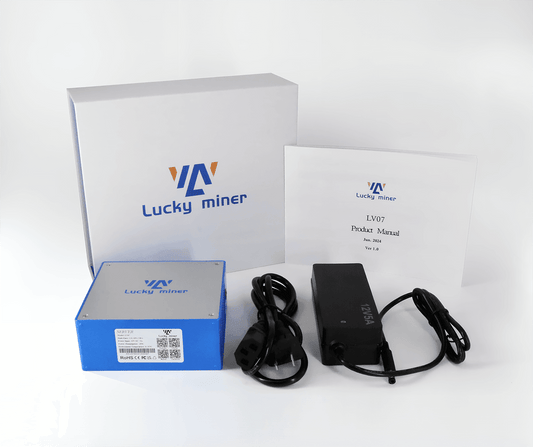
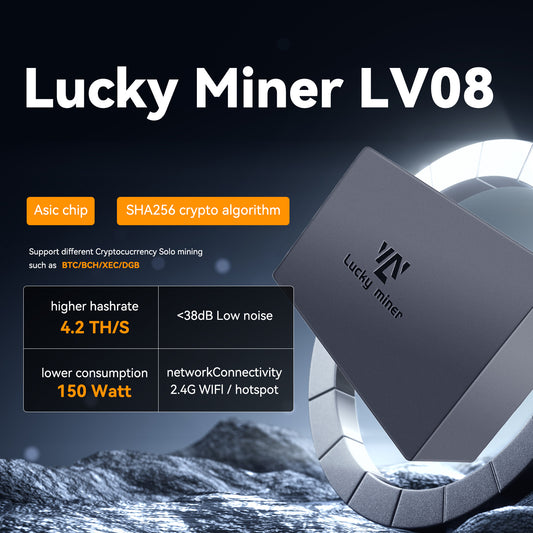
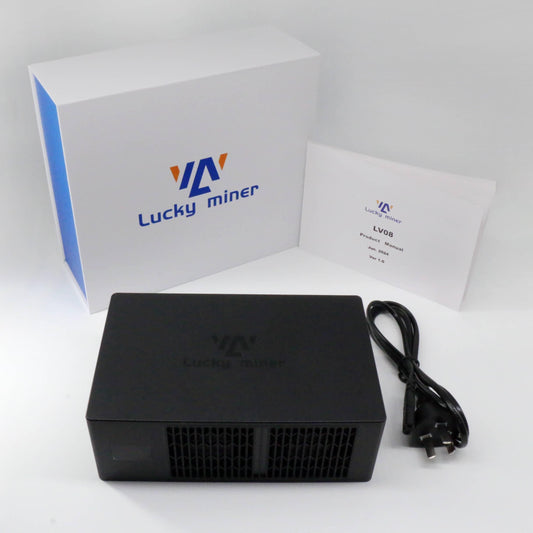



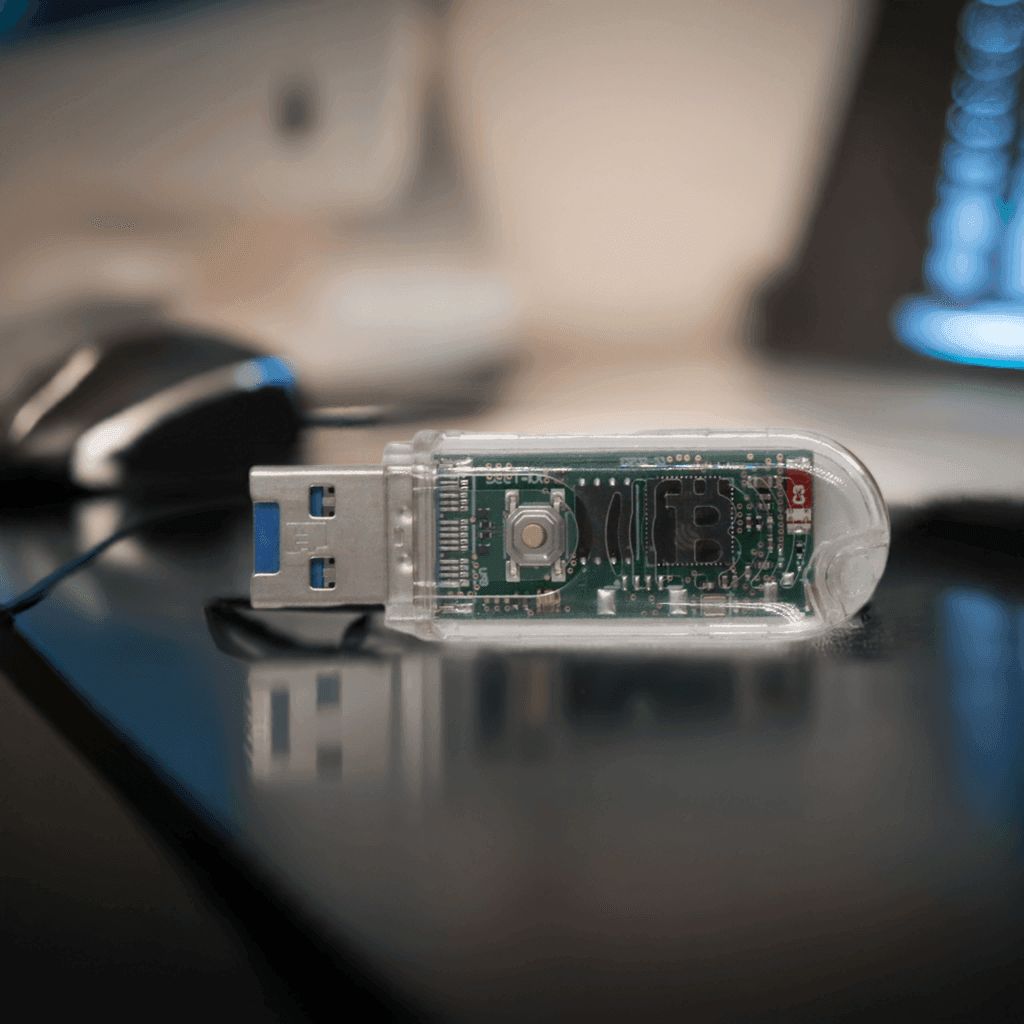







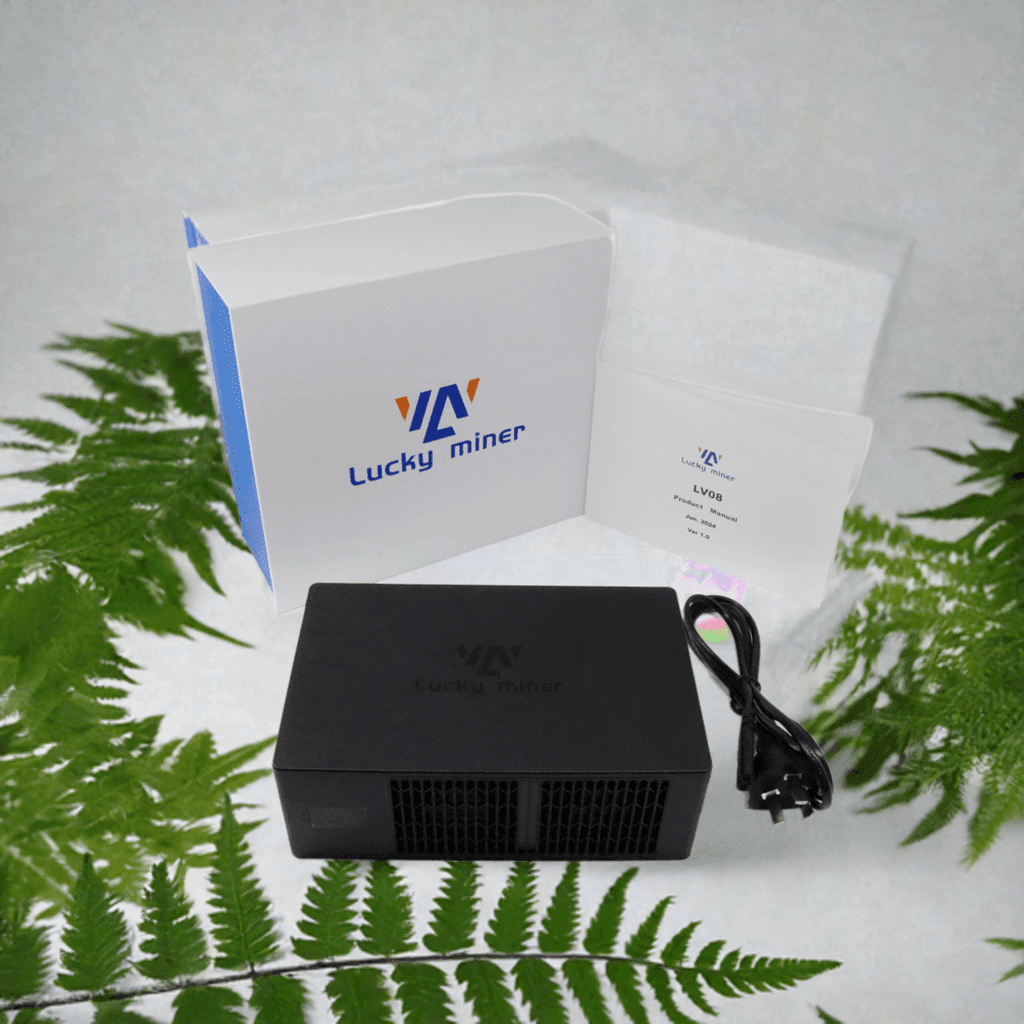
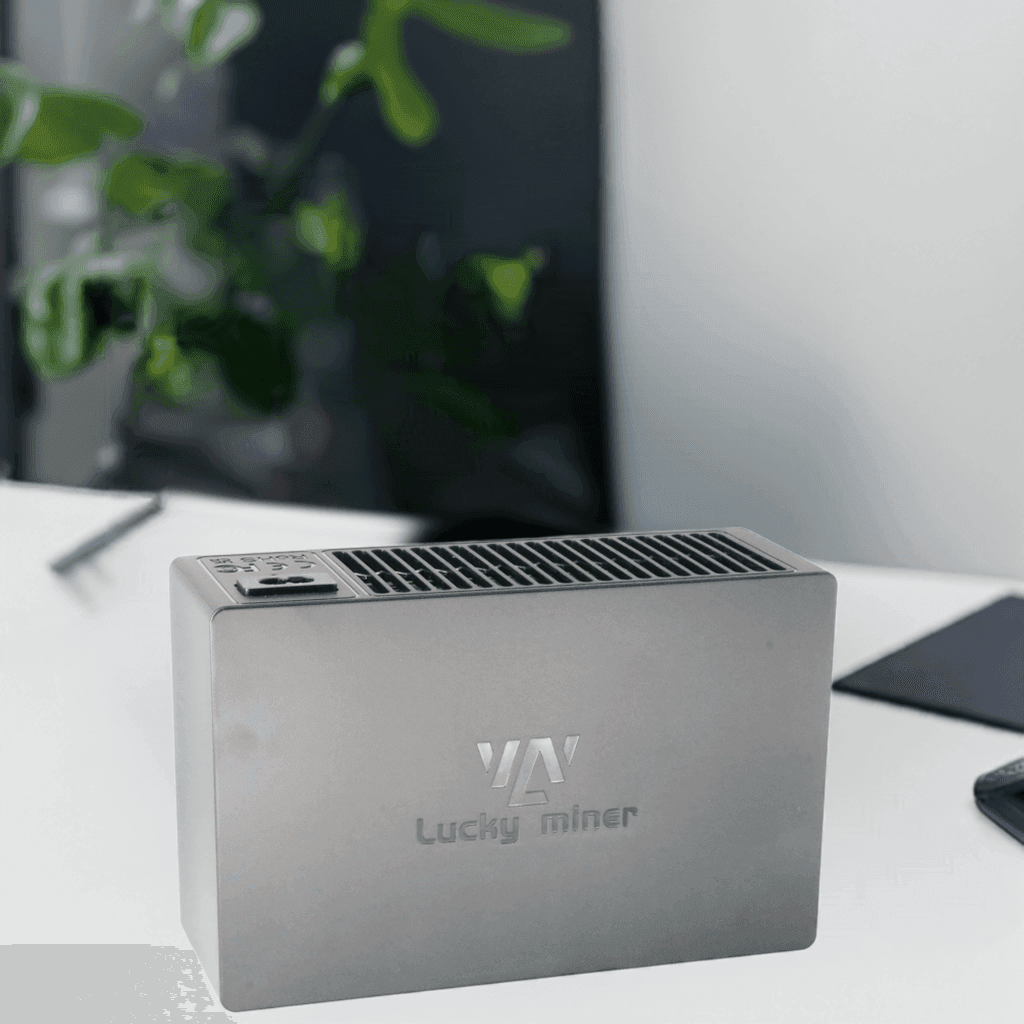
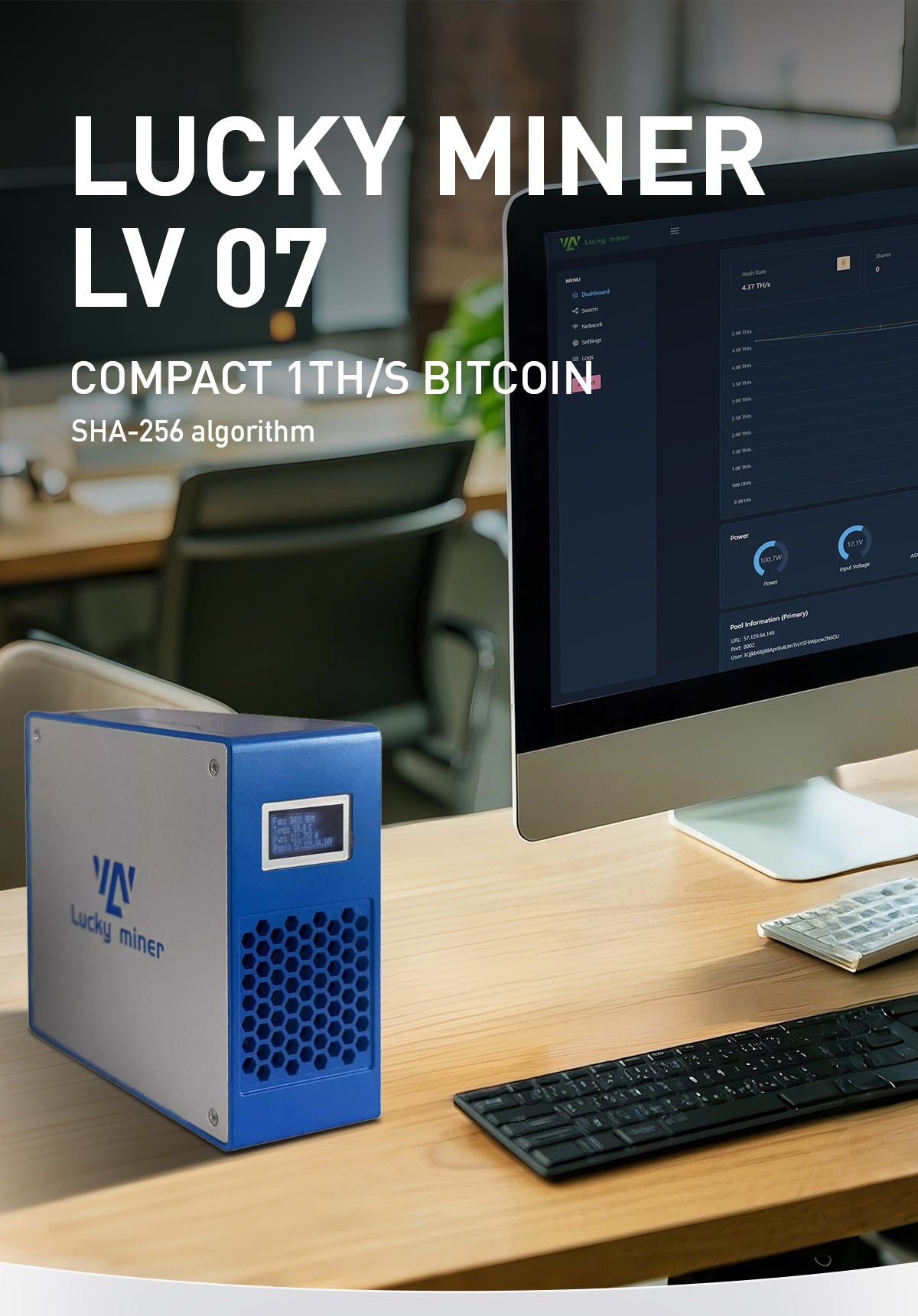
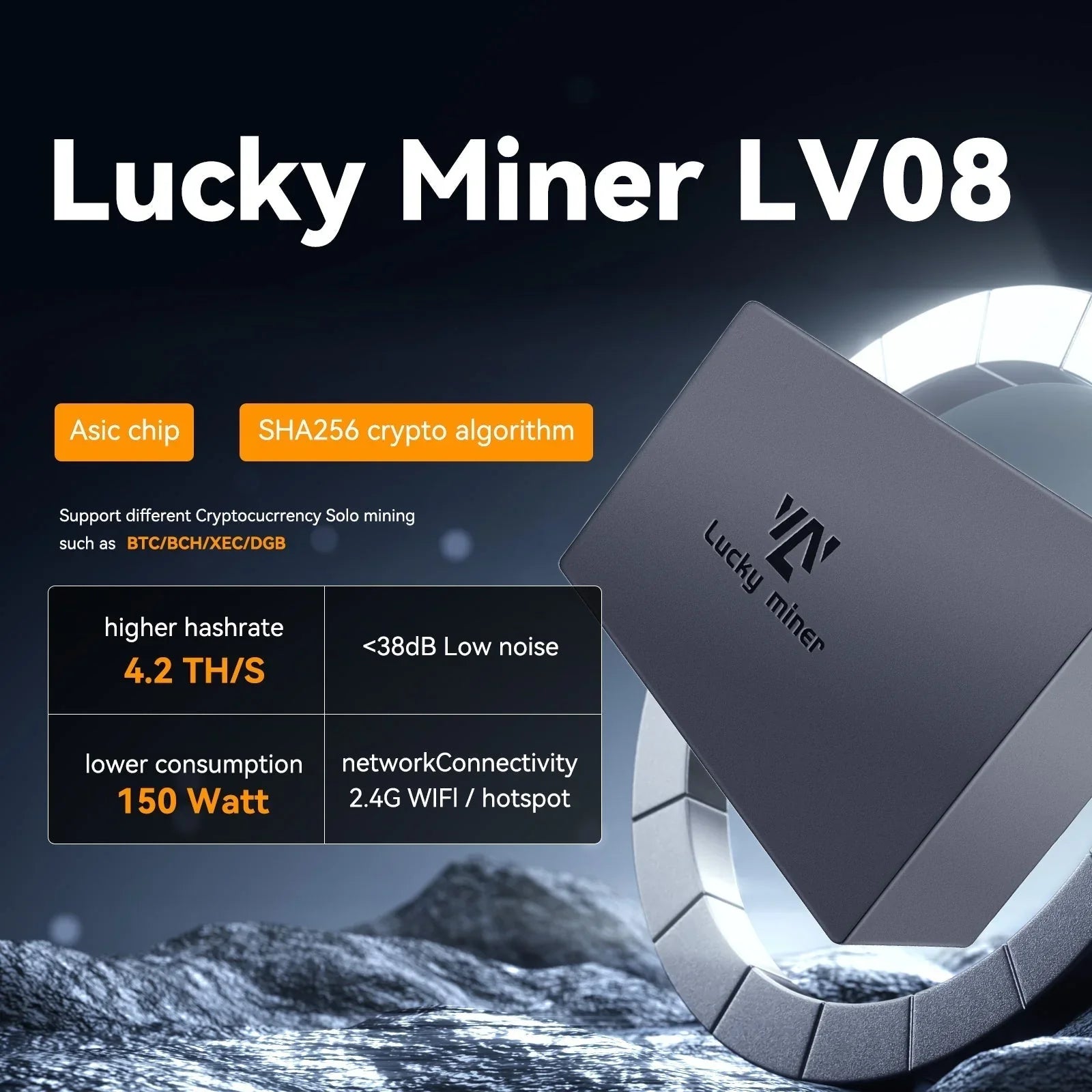

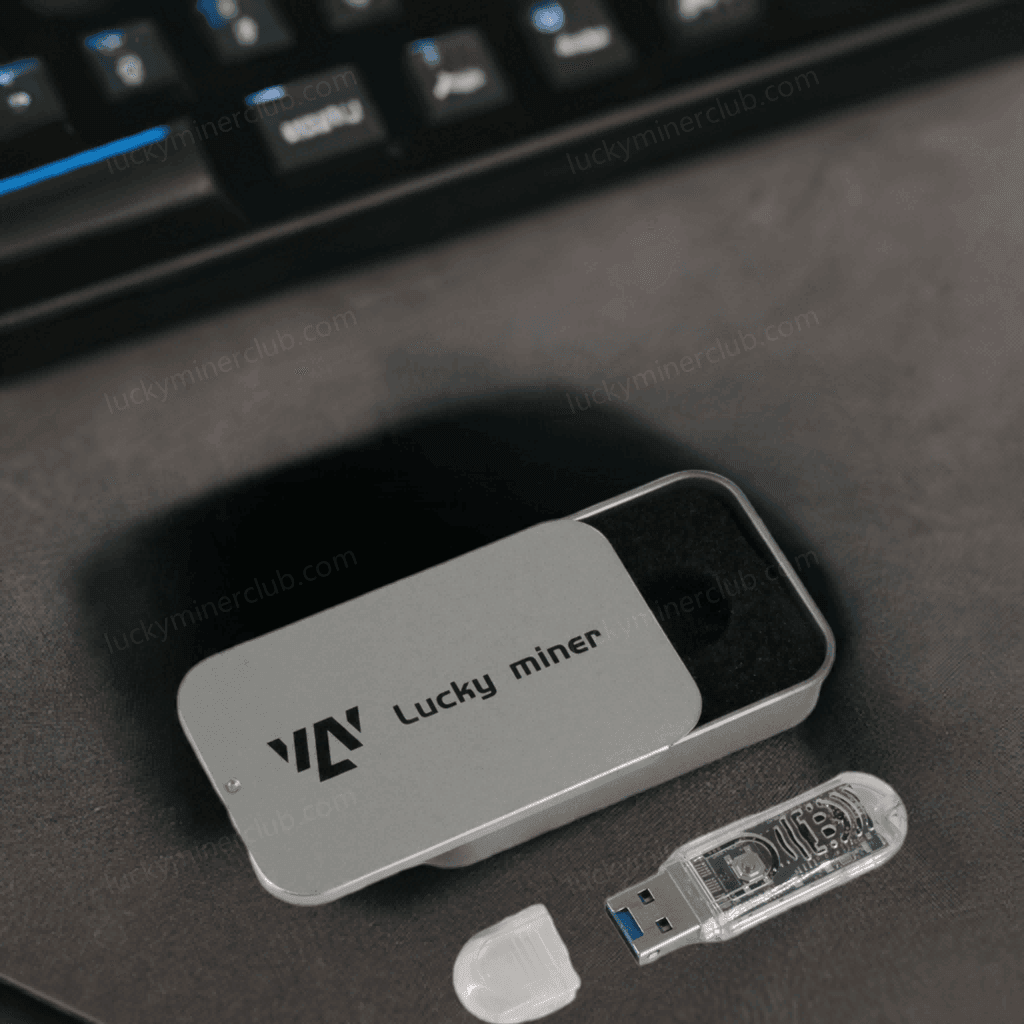
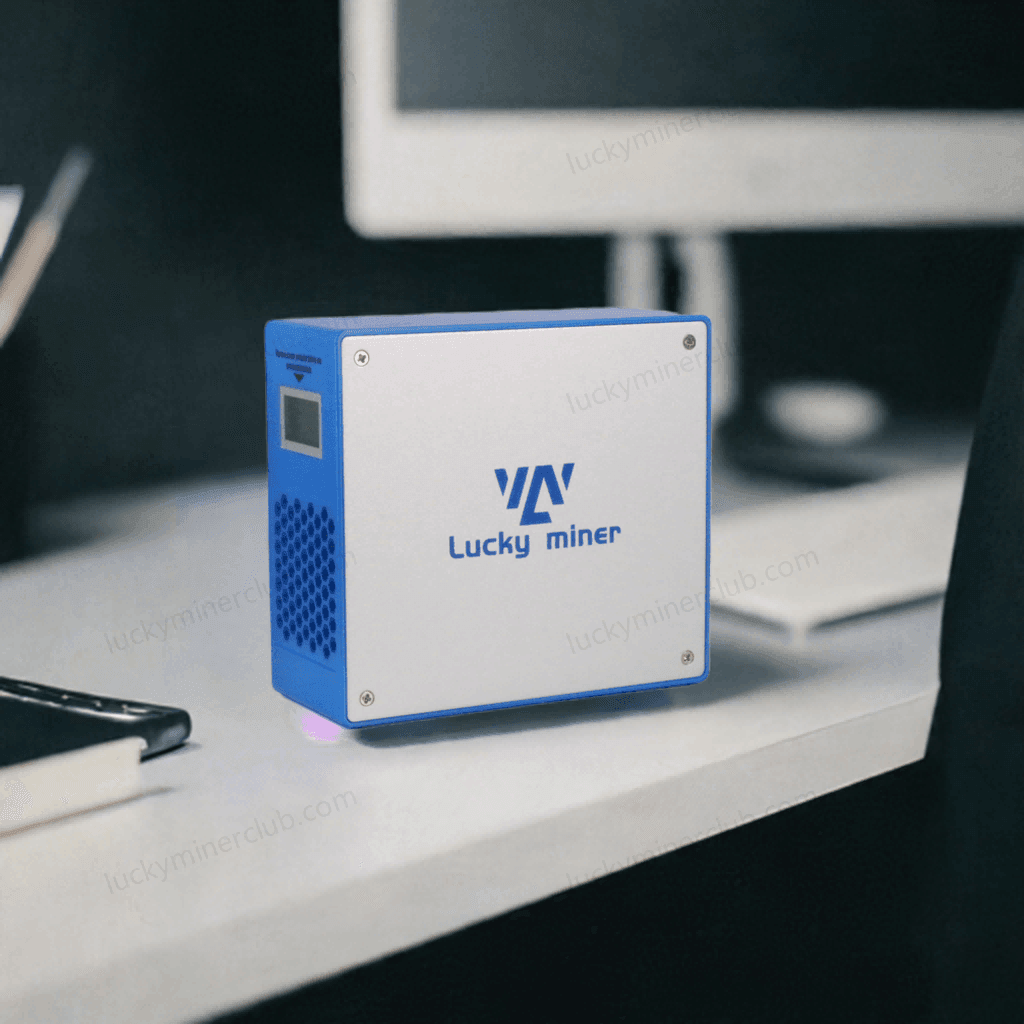
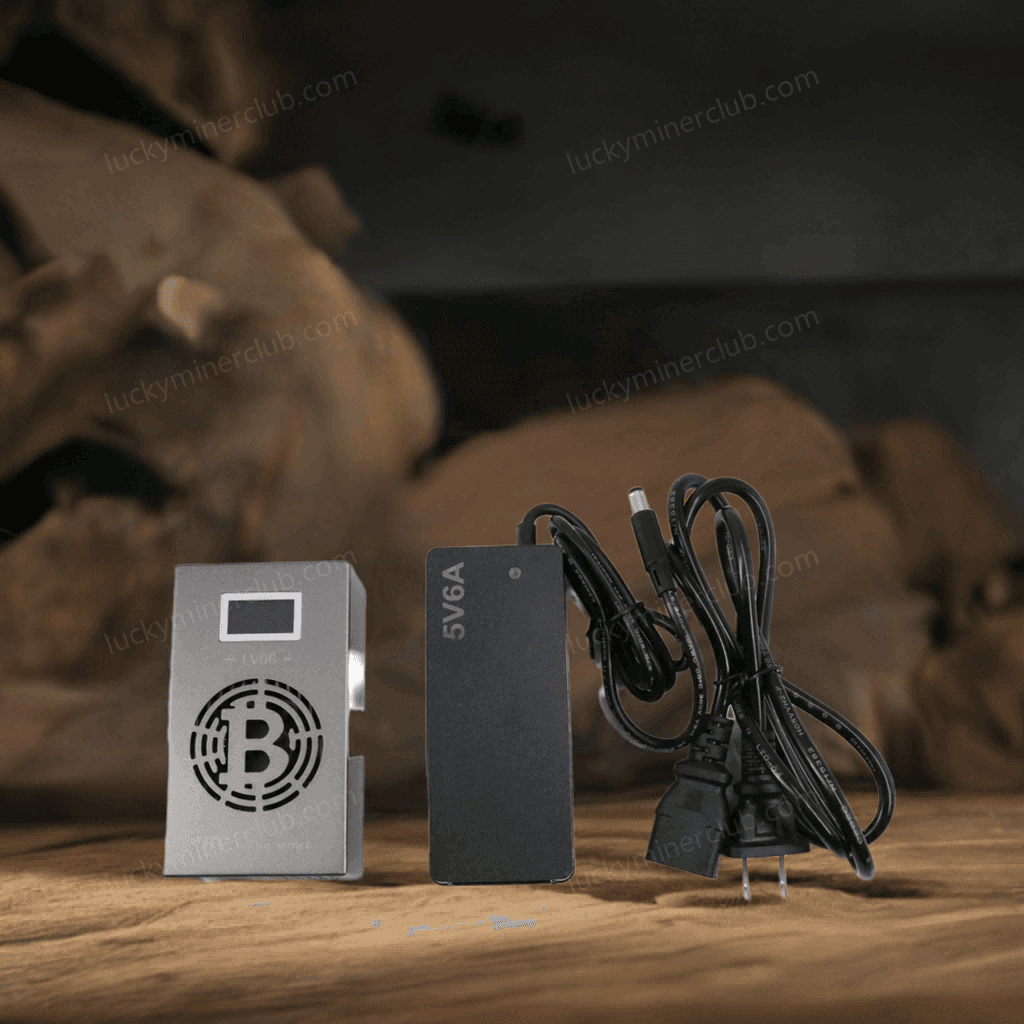

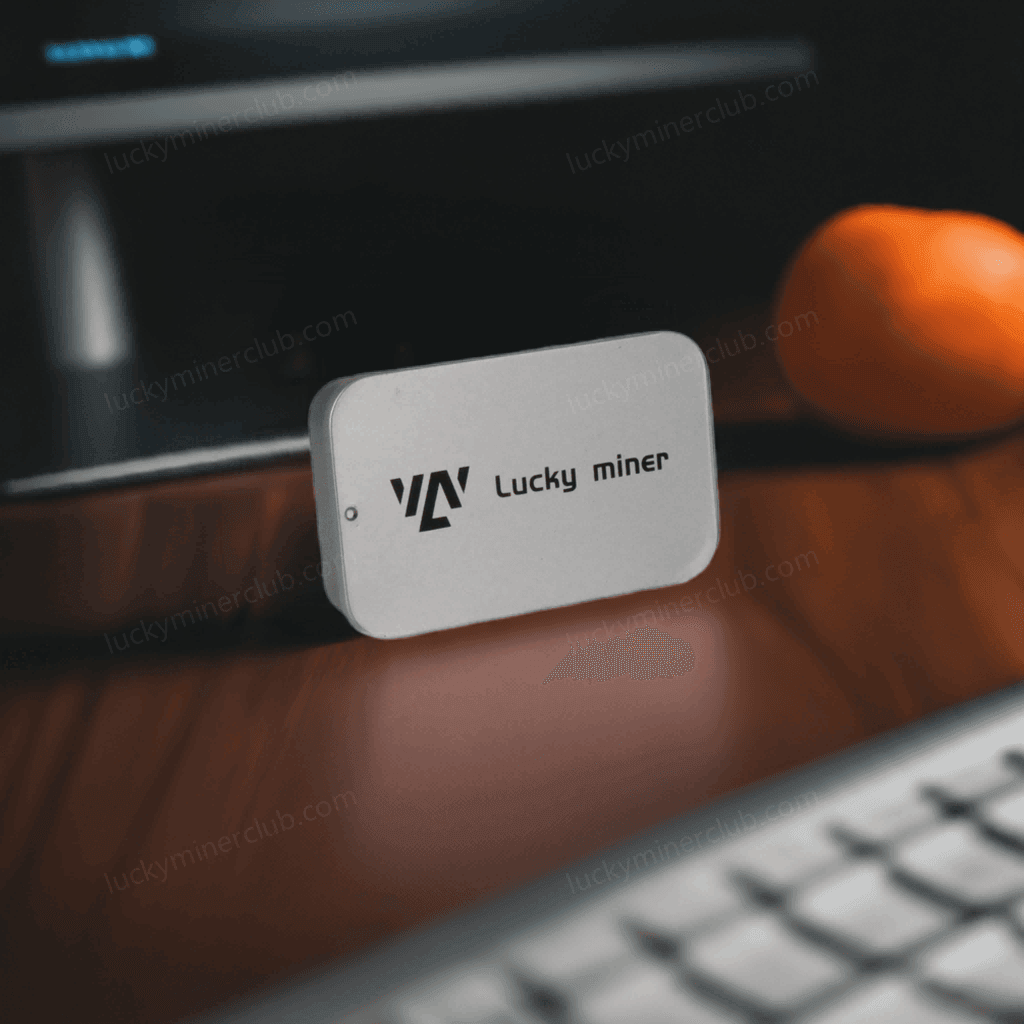

Leave a comment